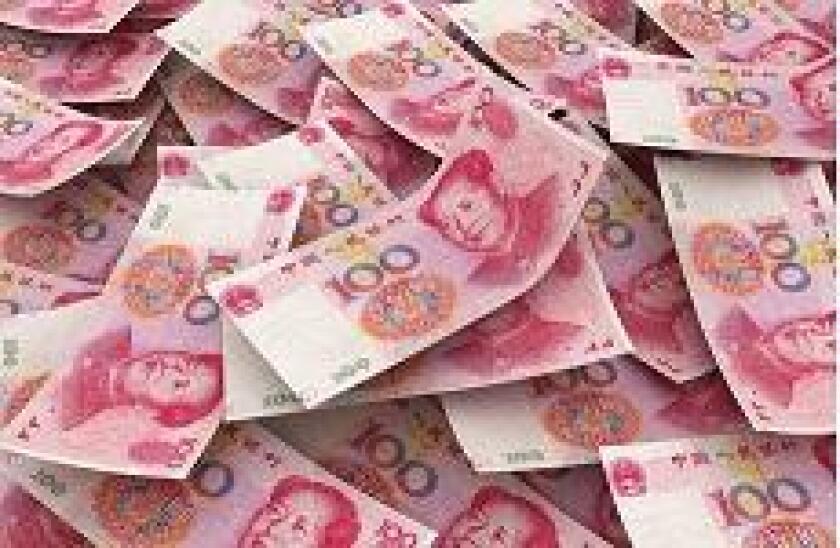The debate around the inclusion of the renminbi in the currency basket backing the IMF's special drawing rights (SDR) rages on. The consensus appears to be, somewhat strangely, that it won’t have much of a material impact, at least not in the short term. The question then becomes, why debate it at all?
Yes, China’s capital account is not fully open. Yes, the RMB is — at least according to US trade authorities — still undervalued because of a monetary leash imposed by the People’s Bank of China. And yes, the RMB has a long way to go to even be in the same league as the dollar as far as international recognition.
Should any of this be a roadblock to inclusion in the SDR when the IMF completes its review in October this year? No.
Fact: the RMB is already a popular currency for trade, and China now uses it to settle around a quarter of its cross-border trade. In the first quarter of 2015, cross border RMB trade settlement averaged Rmb555bn ($90bn) a month.
Fact: the RMB is already an investment currency. The combination of QFII and RQFII means international institutional investors have some $132.2bn in access to the Chinese markets, plus the growing army of central banks and financial institutions with direct access to the Chinese interbank bond market, and finally the Rmb300bn quota available to Stock Connect investors, including retail, to buy A-shares.
And talking of central banks, Standard Chartered estimates there are already over 60 with RMB assets worth more than $100bn. That means the RMB is already a reserve currency, albeit admittedly a tiny one.
No matter. Even these facts are not the chief reasons to include the RMB in the SDR. Those are liberalisation and transparency.
On liberalisation, as ANZ argued in a May 7 report, inclusion in the SDR will act as a catalyst to strengthen and further the ongoing capital account opening process taking place in China. The authorities are expanding RQFII access at a breakneck pace, as well as preparing an expansion of Stock Connect to include Shenzhen stocks. More is to come, and SDR inclusion will make that agenda even more pressing.
Transparency likewise stands to get a shot in the arm. Despite the dozens of central banks already investing in RMB, the quirks of current IMF treatment mean that no one has any idea of the extent of those investments. This is because of the rather circular argument that means that the IMF will not consider the RMB as a reserve currency until it has joined the SDR, but central banks won’t start reporting how much they invest in that currency until it is recognised as a reserve currency.
A bit of a mess, really, and one that is compounded by the fact that other data categories — such as the volumes of offshore RMB deposits sitting in the banking systems of major world economies like France and Germany — have yet to be transparently reported.
The RMB's inclusion in the SDR would therefore have a positive snowball effect in clearing up much of the confusion in such areas. That ought to lead to further clarity about how much the RMB really matters to the global economy of today. In the short term, the answer to that question might be "not a lot, yet", but it is certainly not insignificant and has the potential to become much, much more.
Politics may well get in the way, but the answer to the much debated question seems clear enough. It is time for China’s currency to join the inner circle.
